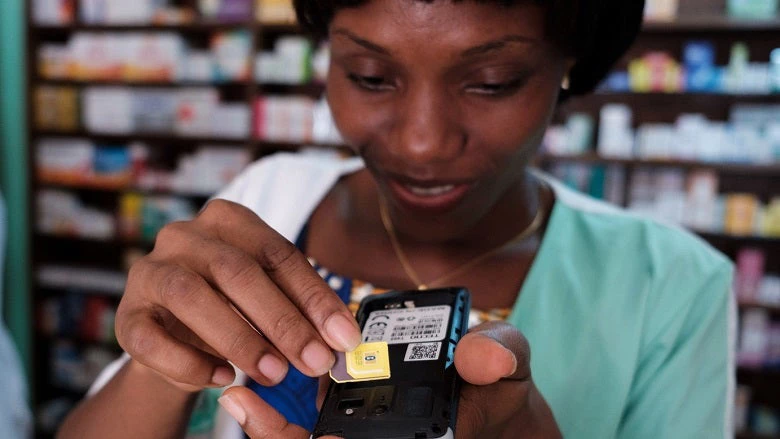In November 2016, we published the “Practical Guide for Measuring Retail Payment Costs”, an innovative methodology that can be customized to country needs and circumstances, without losing the international comparative dimension.
The guide enables countries to measure the costs associated with retail payment instruments, based on survey data, for the payment end users, payment service/infrastructure providers, and the total economy. The guide also enables countries to derive projected savings in shifting from the more costly to the less costly payment instruments.
Albania and Guyana have successfully implemented the guide, and its implementation is underway in Bangladesh, Indonesia, Malaysia, Morocco, and Pakistan.
The policy makers in Guyana have used the guide to identify priorities for policy interventions in the retail payments market.
The annual cost associated with cash and other paper-based payment instruments (such as cheques, paper vouchers, and paper-based credit transfers) in Guyana amounts to about 2.6 percent of the country’s GDP, with 95 percent of this cost attributed to cash.
Based on the calculation steps described in the guide as well as the finding that the average transaction cost of cash is almost three times that of an electronic transaction, it is estimated that Guyana could potentially save up to 1 percent of its GDP if about 75 percent of the current paper-based consumer and government transactions were digitized.
Some more findings on specific use case hypothetical substitution scenarios show that if 50 percent of current transactions were digitized, Guyana could save up to $6 million if utility bill payments were paid via electronic credit transfer instead of cash, and about $2 million if salaries were received via electronic credit transfer instead of cash.
Albania has applied the results to other work that is underway, including the development of the National Retail Payments Strategy.
The total annual retail payment cost in Albania amounts to about 1.6 percent of the GDP. The cost of cash alone is about 1 percent of the GDP, followed by paper-based credit transfers at 0.3 percent of the GDP, and 0.3 percent of the GDP for the electronic payment instruments (such as debit cards, credit cards, electronic credit transfers, electronic direct debits).
Based on the guide’s finding that the average transaction cost of a paper-based transaction is approximately twice the equivalent cost of an electronic transaction, if 75 percent of the current paper-based transactions were digitized in Albania, the country could potentially achieve savings of about 0.4 percent of the GDP.
One of the main lessons learned from Albania and Guyana is that innovative payment instruments and financial products must be tailored to the needs of the different population segments (e.g. remittance recipients, farmers, SMEs).
Low electronic payment instrument usage is driven, among other factors, by low transaction account ownership rates. This is also important in the context of the Universal Financial Access 2020 initiative which aims to enable access to transaction accounts to 1 billion people around the world by 2020. The findings from the guide’s implementation can help shed light to the retail payment market inefficiencies, and quantify the benefits from the adoption and usage of transaction accounts and the innovative payment instruments and products that come with them.
The point of sale is the most prominent access channel for cash usage and thus, also the one with the most potential to reduce cash transactions and costs.
The implementation results also highlight the need to establish incentives to re-allocate costs to drive the adoption and usage of cost-efficient electronic payment instruments (particularly in the case of SMEs), the need for comprehensive financial education programs, and the need to digitize government payments (see also “Payment Aspects of Financial Inclusion”).
These results constitute only highlights of more detailed indicators and findings to be published soon.
The World Bank is looking forward to helping other countries implement the guide, so that national authorities use the results to undertake relevant policy reforms in the retail payments space.
Once more countries have implemented the guide, it would be possible to create an international comparative database with costs and savings indicators which could serve as a policy learning and collaboration tool.



Join the Conversation